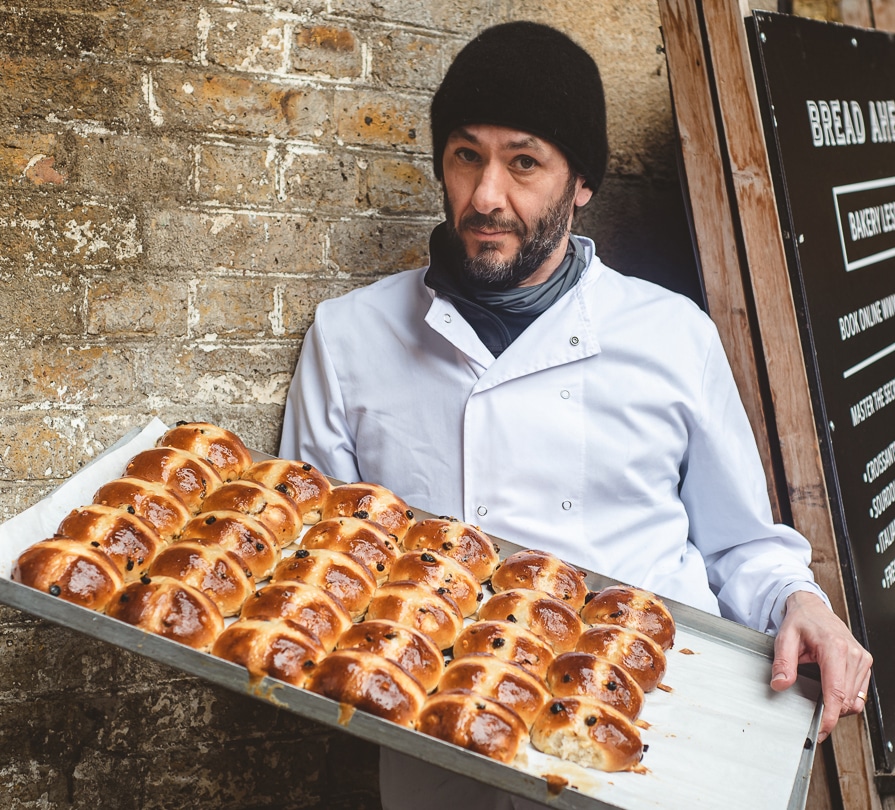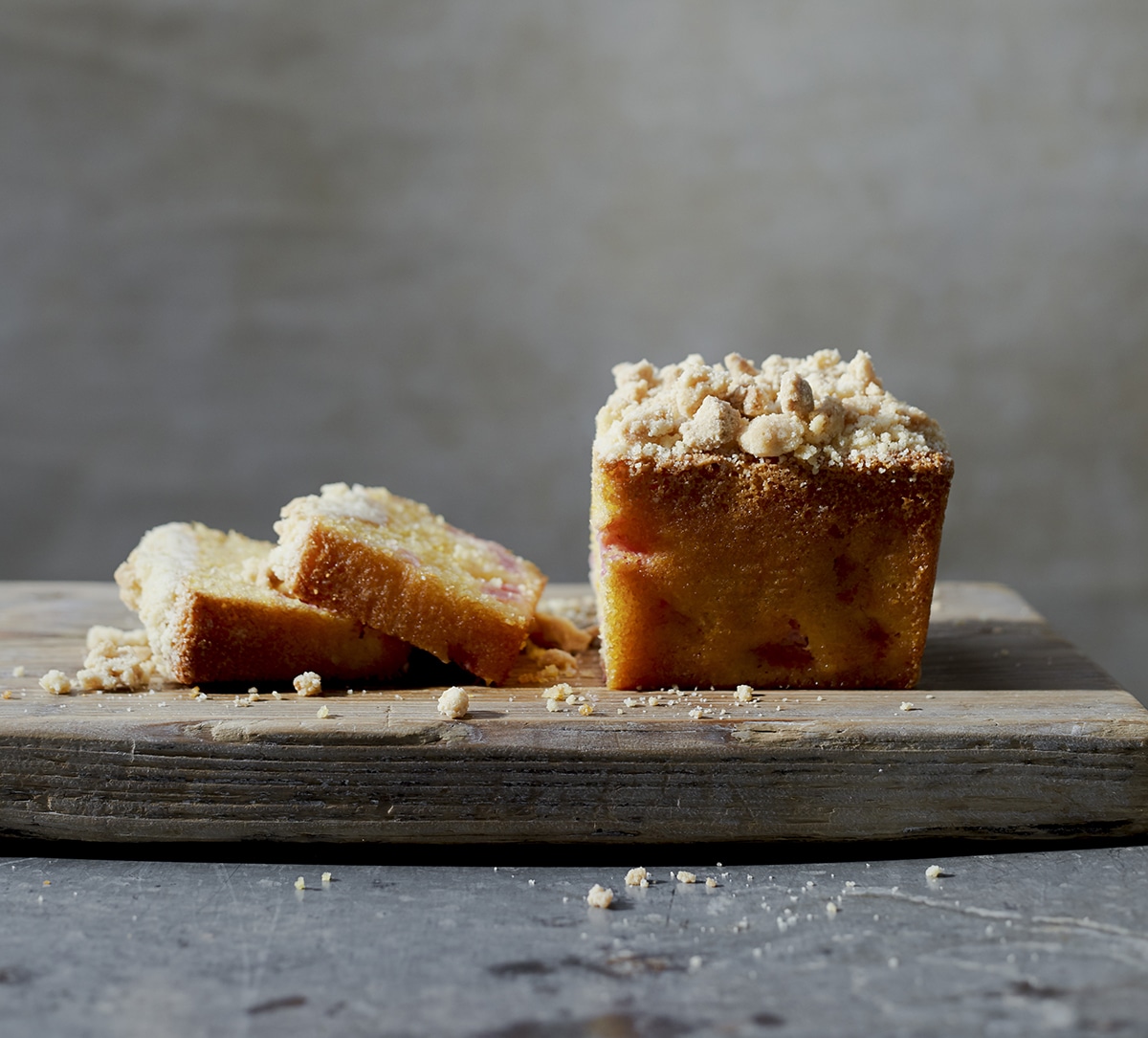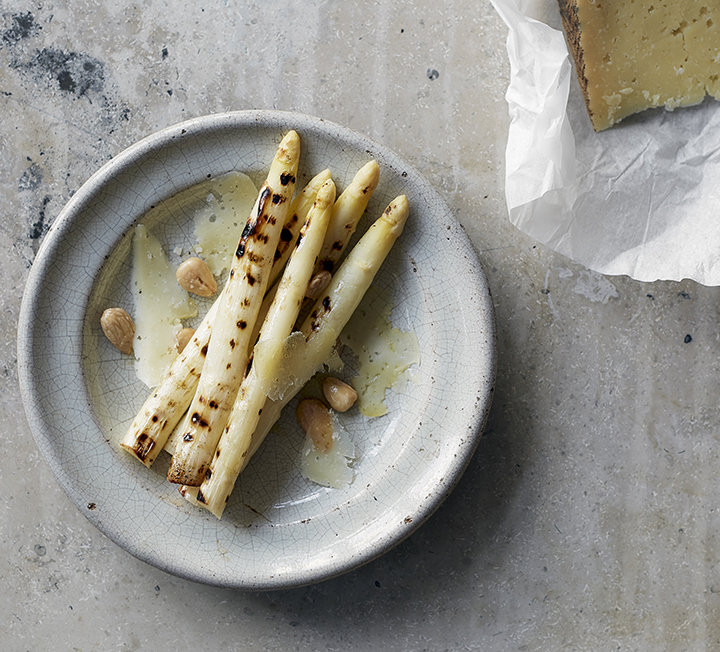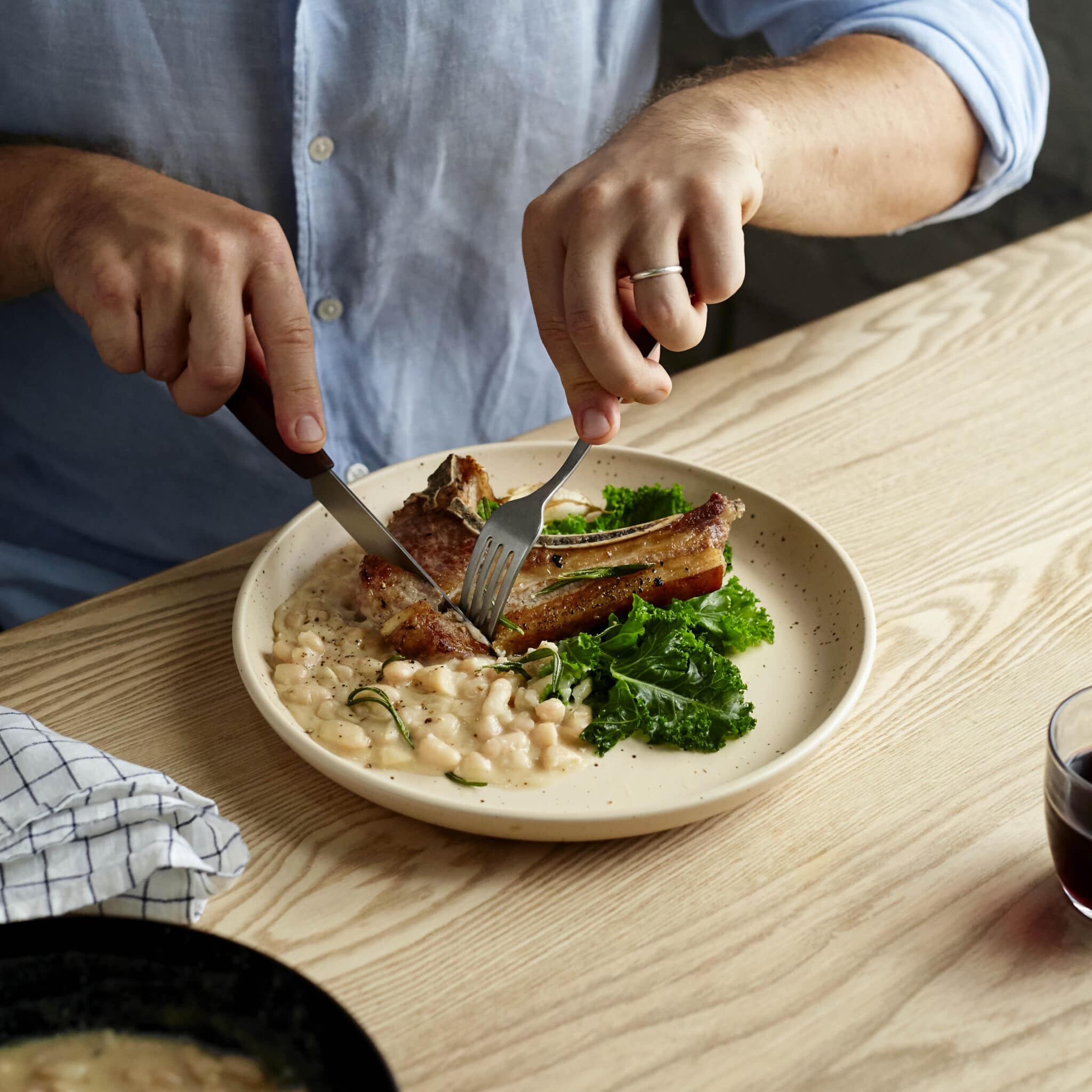White sandwich tin loaf
A recipe from the brilliant new baking book by the founder of Bread Ahead
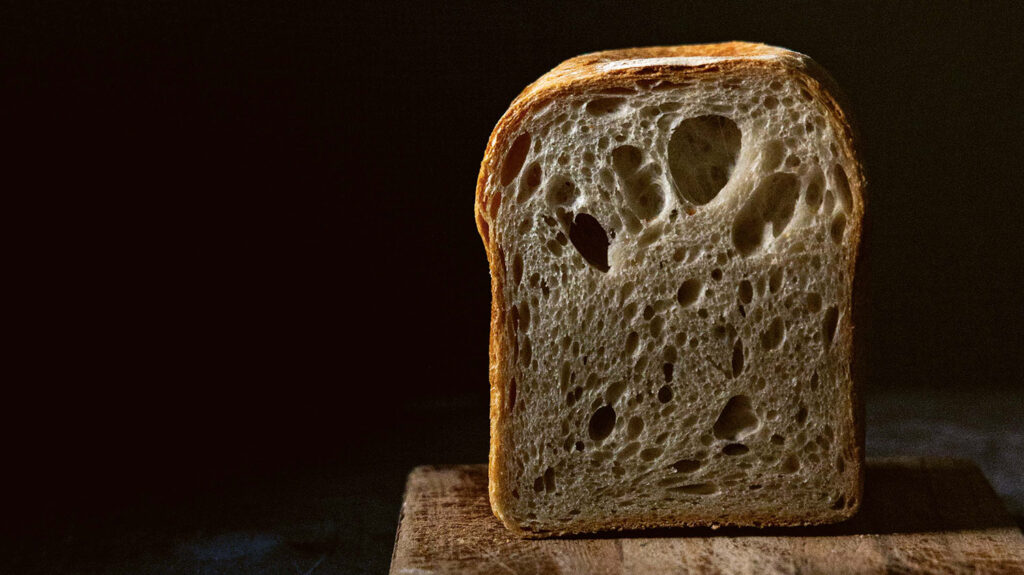

Recipe Meta
Prep
25 mins (plus lots of resting, chilling and proving)
Cook
30 mins
Serves
Makes 1 large loaf
Difficulty
Medium
Ingredients
For the pre-ferment
- 2g fresh yeast or 1g dried active yeast
- 50ml warm water
- 80g strong white flour
- 2g fine sea salt
For the loaf
- 370g strong white flour
- 6g fine sea salt
- 4g fresh yeast or 2g dried active yeast
- 230ml cold water
- Vegetable oil, for greasing (optional)
- Semolina or extra flour, for dusting (optional)
Method
Day 1
To make the pre-ferment, add the fresh yeast and warm water to a mixing bowl and mix until dissolved. If using dried yeast, check the packet instructions – you will either mix the yeast through the flour, then add the water, or you may need to hydrate the dried yeast in the water first.
Add the flour and salt to the bowl and mix until it has come together into a rough dough. Cover and leave at room temperature for 2 hours, then refrigerate for 12-24 hours.
Day 2
Place the flour and salt in a bowl and combine. In a separate bowl, add the pre-ferment and yeast to the measured cold water and mix. Make a well in the flour mixture and pour in the liquid. Gently bring the dough together. Once the dough starts coming together, transfer it to the work surface. Don’t add any flour.
Push the dough into the table with the heel of your hand and knead for about 8 mins. The dough will become elasticated and have a velvety feel. Form the dough into a round and place it back in the bowl. Cover and leave for 1-2 hours at room temperature, then refrigerate for 12-24 hours.
Day 3
Release the dough from the bowl – this will gently knock it back, releasing some of the gas and encouraging the yeast to start working a bit faster. Shape it into a loose round shape, then cover again and leave to rest for at least 10 mins.
Dust a proving basket heavily with flour or lightly oil a 900g loaf tin. Shape your dough as desired and place it into the proving basket or tin. Cover and leave to prove at room temperature for 1-2 hours. You can tell when your bread is ready by gently pushing your finger into the dough. If it springs back nicely it’s ready, but if it leaves an indent it isn’t.
Preheat the oven to 250C or as hot as your oven will go. If you proved your loaf in a basket, place a baking stone (or overturned baking sheet) into the oven to heat up. Dust another flat baking sheet with semolina or flour and upturn the proving basket in the middle of the sheet to release the dough. Use a razor or a sharp serrated knife to score the dough. If you proved your bread in a tin, you can score it down the middle or just leave it as is.
Slide the dough from the baking sheet to the hot stone or sheet in the oven or place the tin directly onto an oven rack. Spritz all around the oven chamber with a water spray, or place a baking tray with 60ml water on the bottom of the oven. Bake for 30 mins, turning once, or until the loaf has a nice golden crust and a hollow sound when you tap the bottom.
Image: Matt Russell
Recipe from Bread Ahead: The Expert Home Baker by Matthew Jones (Hardie Grant)
